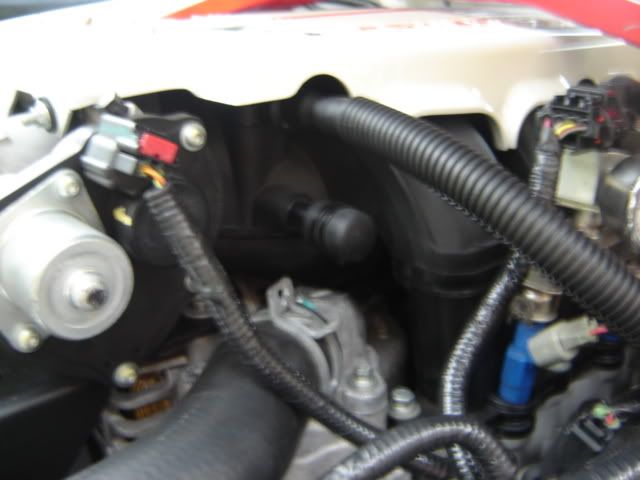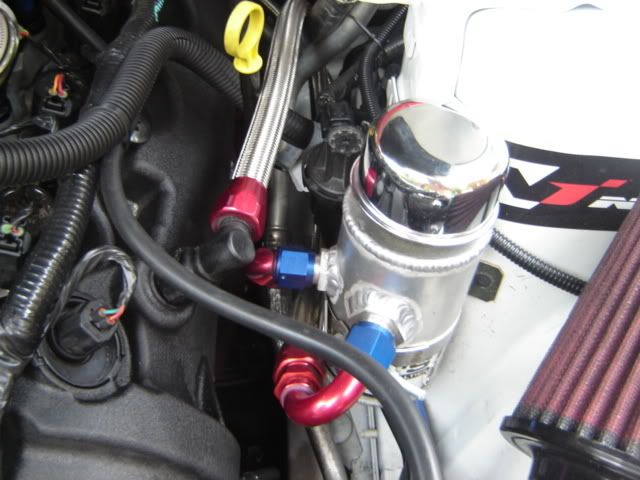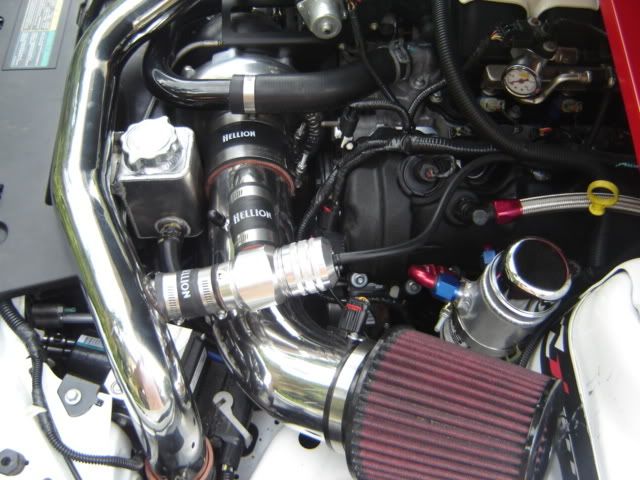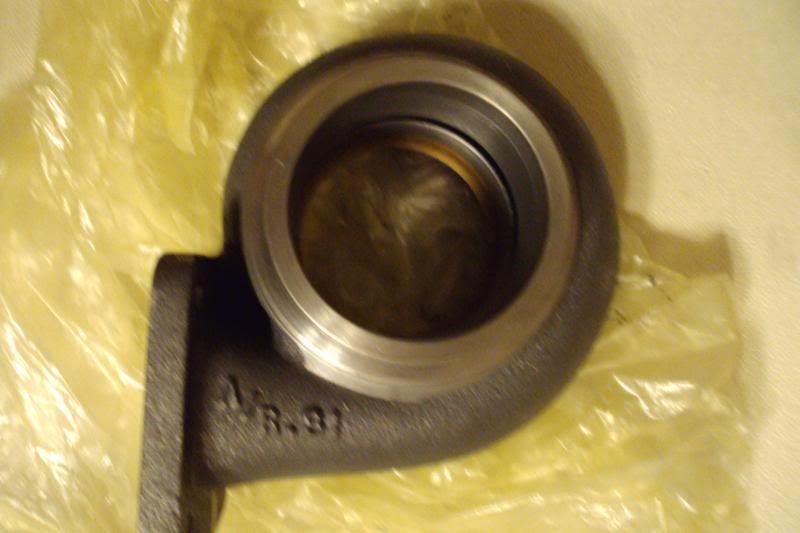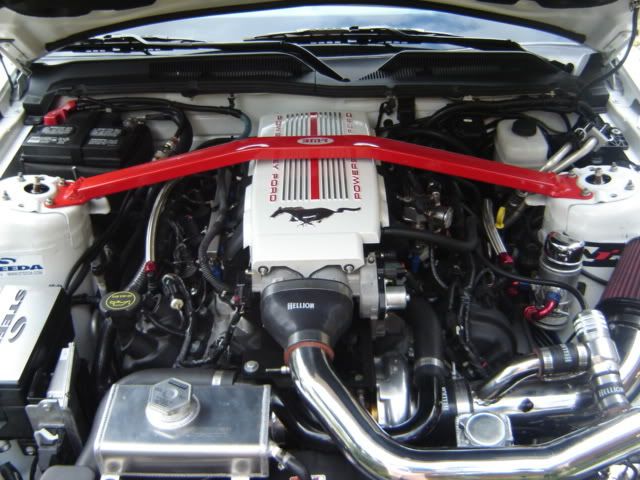I have the hellion turbo kit. Ive been reading post here and there about oil seperators.
My question. with the hellion kit, i had to put some type of check valve in the hose going from the drivers cam cover to the intake manifold. Not sure what this does.
So, to get this straight, the hose connected to the intake piping to the pass. side cam cover only PULLS air correct? THis means i shouldnt be getting oil in my intercooler?
and the driver side PUSHES oil/air out of the cam cover and into the intake? So, should i just need to put one can on the driver side system?
Should i waste time or money putting another catch can system on the passenger side? Since it supposedly PULLS air from the intake tube, it shouldnt be putting any oil into my intake correct?
Sorry guys, i dont know crap about our PVC system. Any help is appreciated.
My question. with the hellion kit, i had to put some type of check valve in the hose going from the drivers cam cover to the intake manifold. Not sure what this does.
So, to get this straight, the hose connected to the intake piping to the pass. side cam cover only PULLS air correct? THis means i shouldnt be getting oil in my intercooler?
and the driver side PUSHES oil/air out of the cam cover and into the intake? So, should i just need to put one can on the driver side system?
Should i waste time or money putting another catch can system on the passenger side? Since it supposedly PULLS air from the intake tube, it shouldnt be putting any oil into my intake correct?
Sorry guys, i dont know crap about our PVC system. Any help is appreciated.


